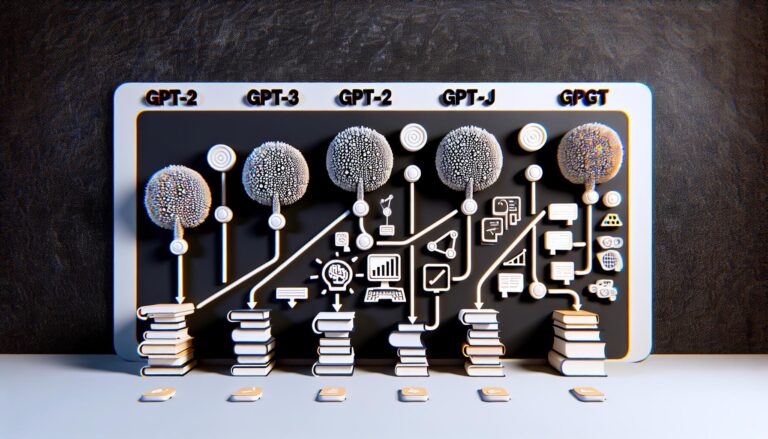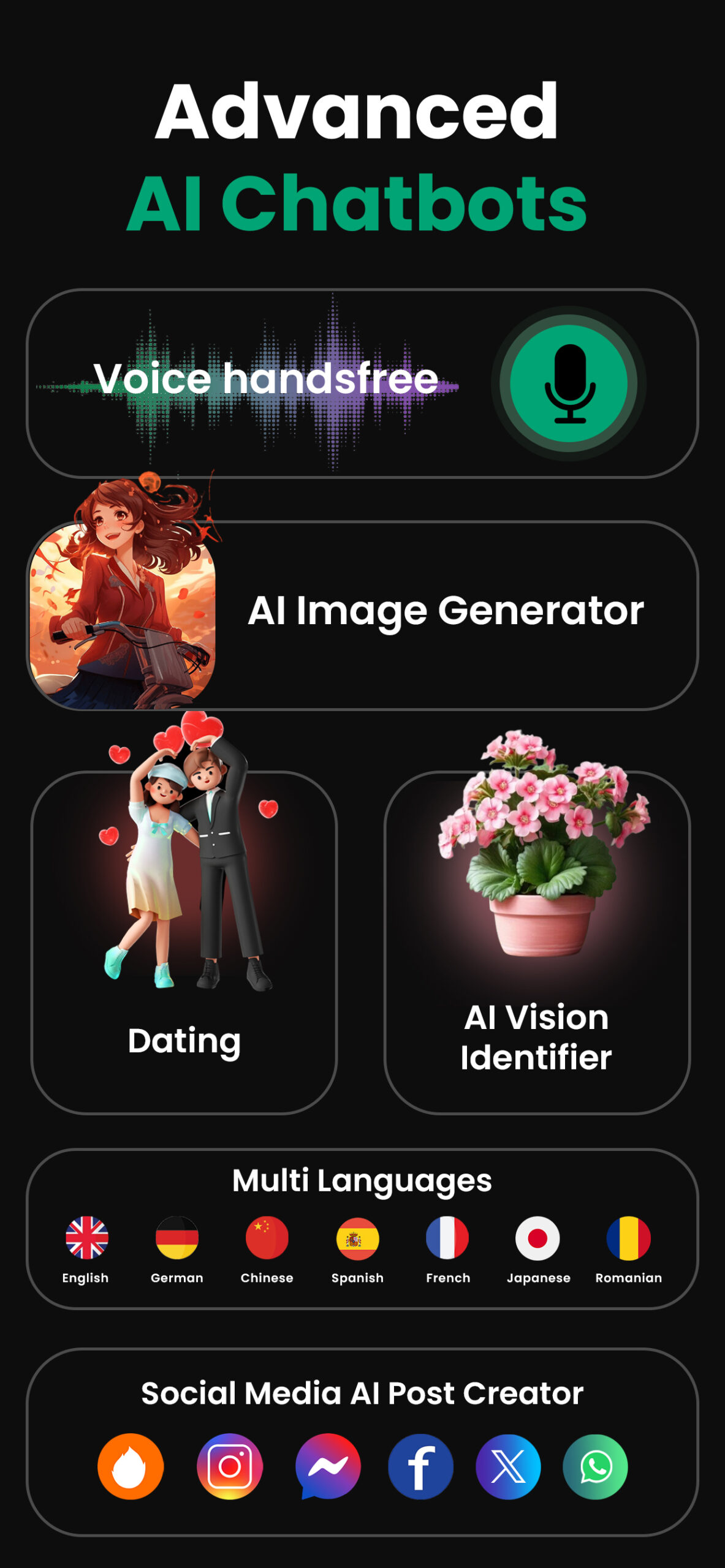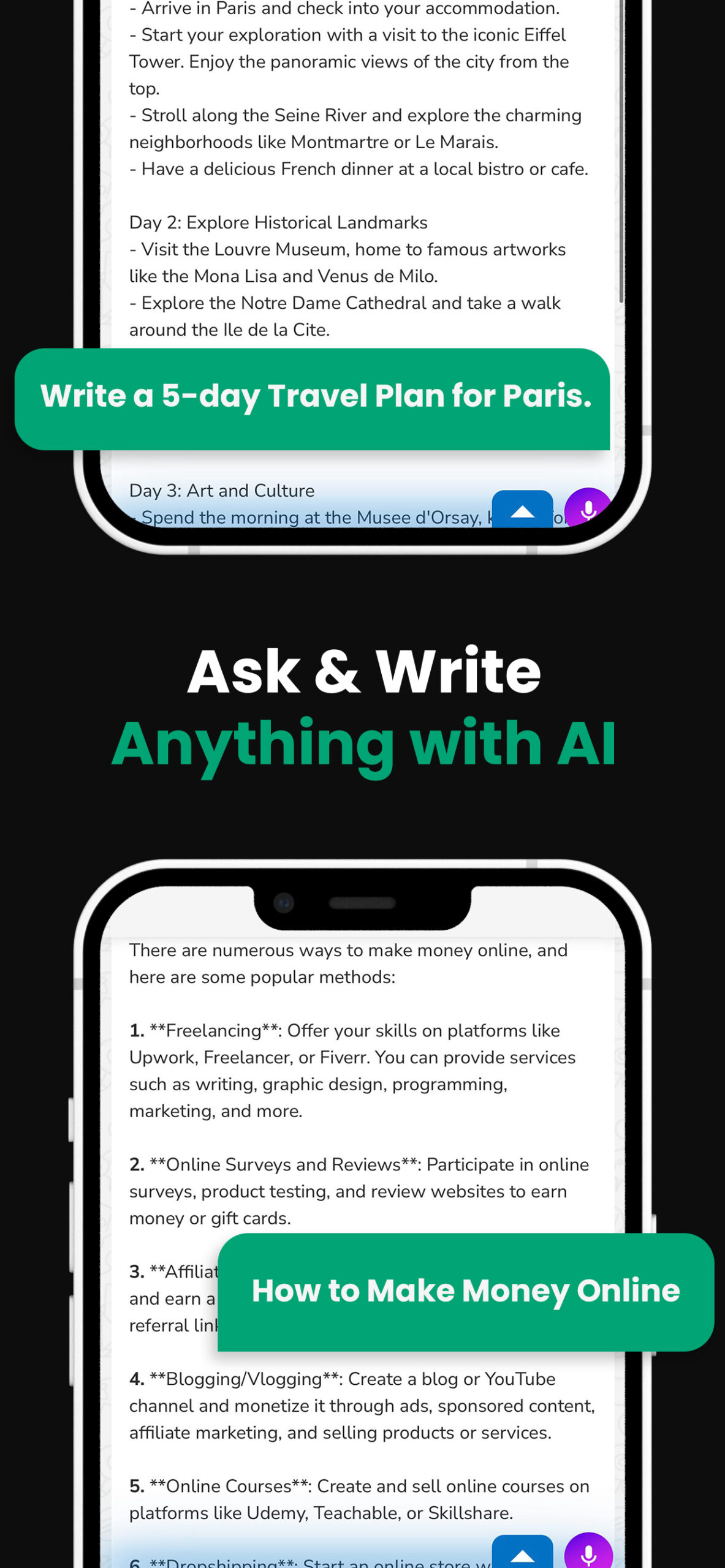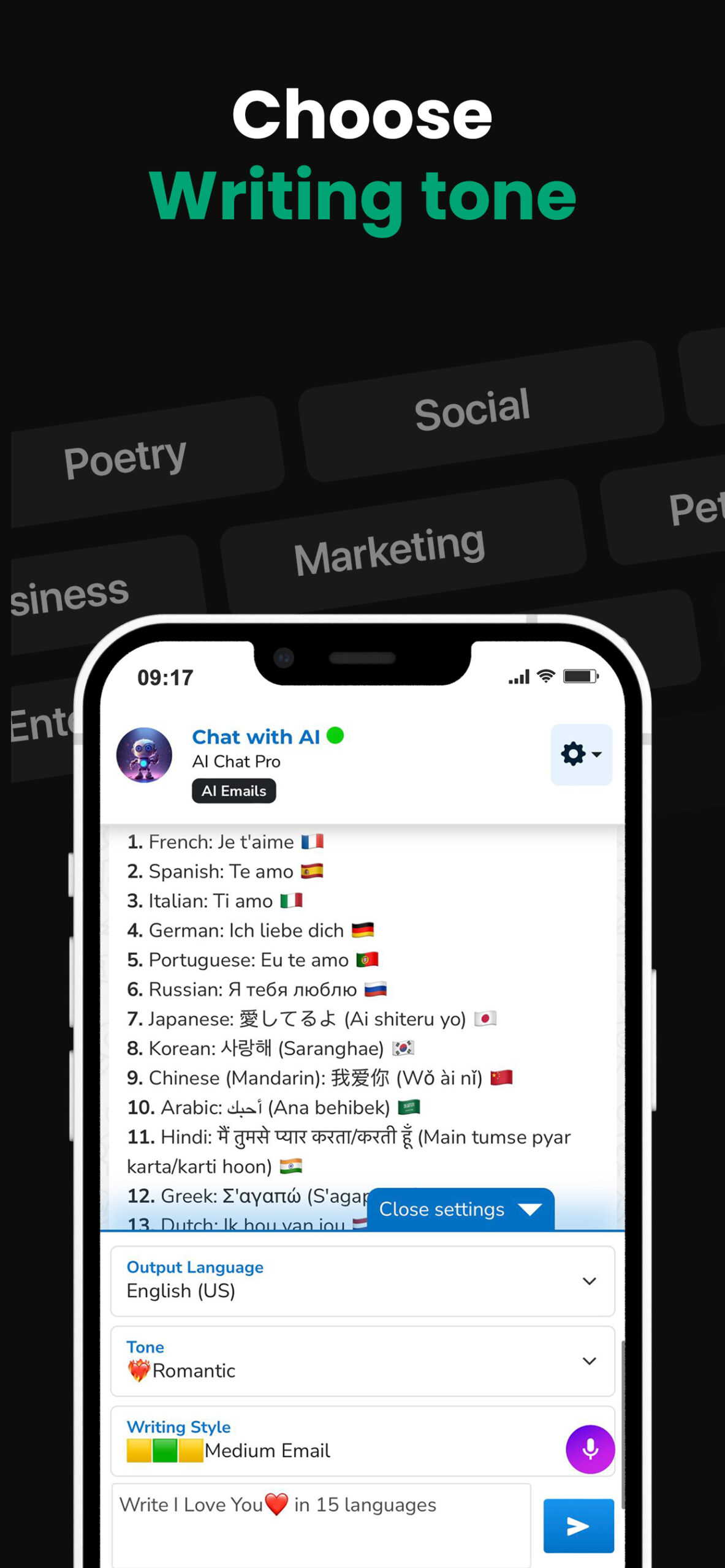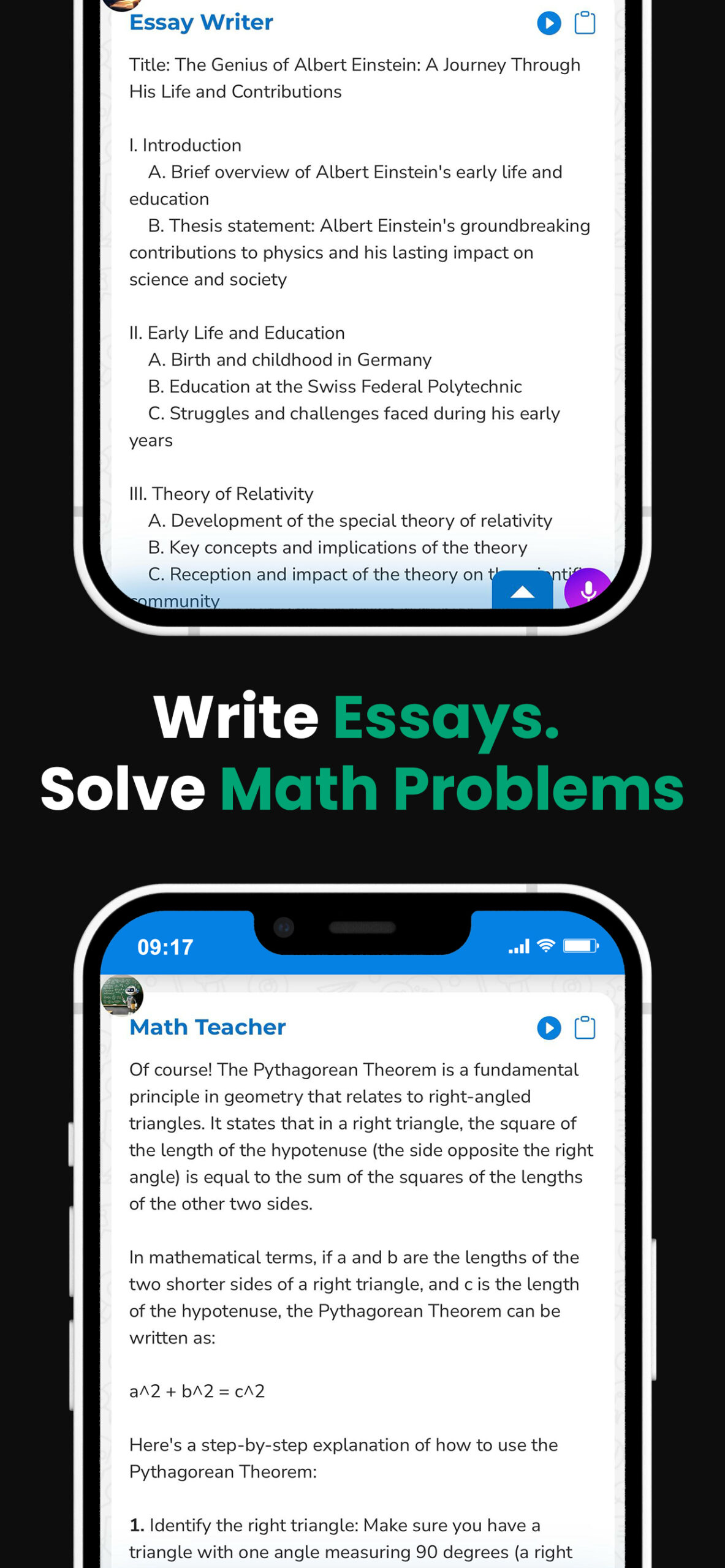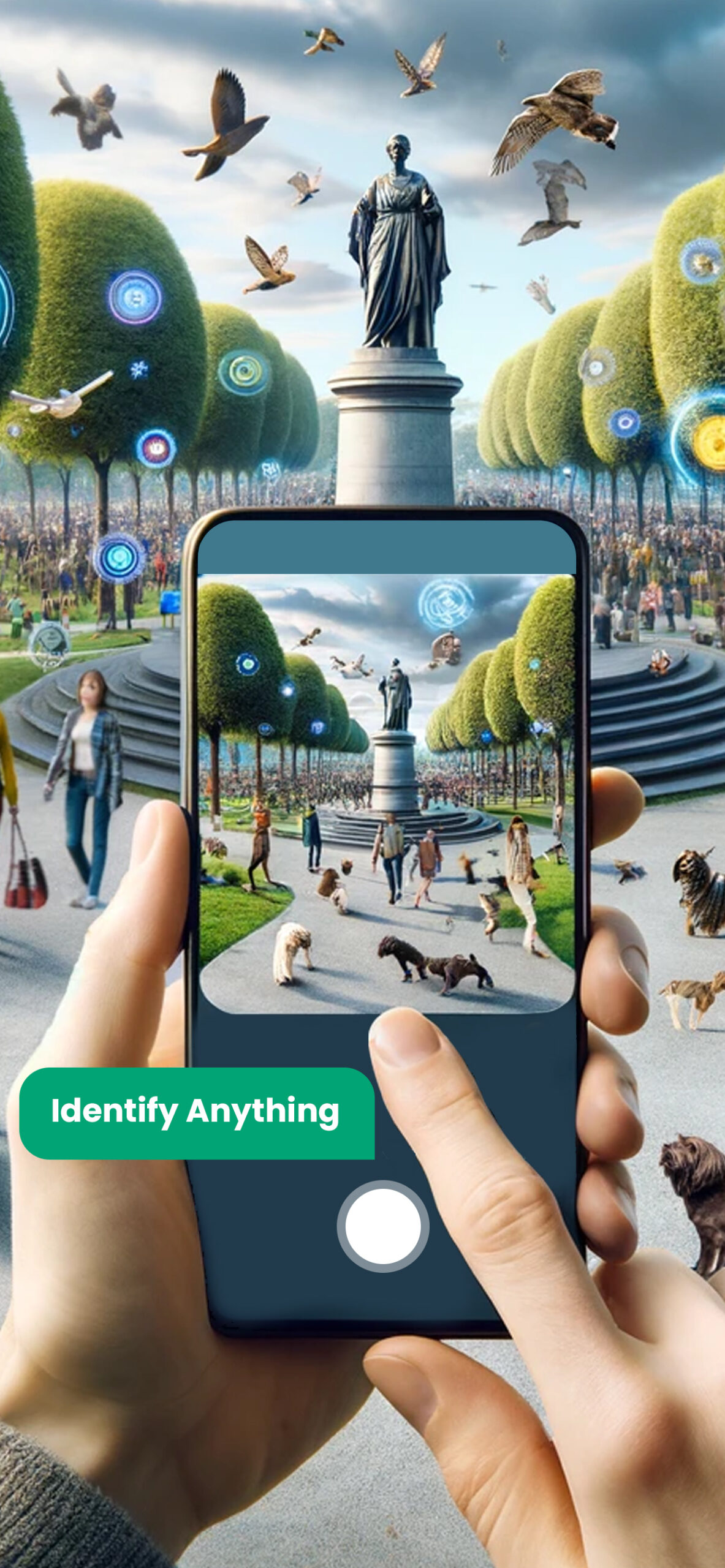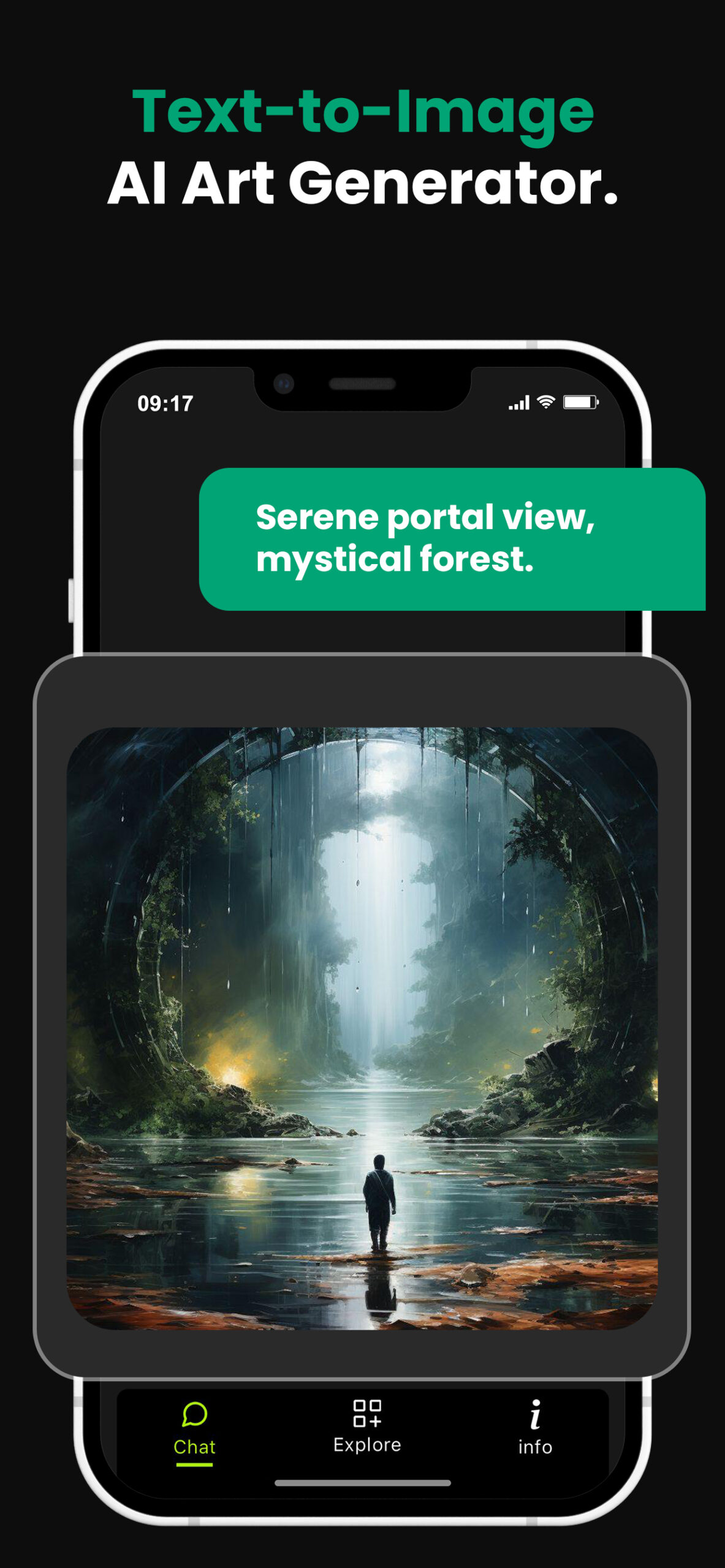Mastering Effective Prompt Techniques for Improved Chat GPT Interactions
If you’re like me, you’re always looking for ways to improve your AI interactions. One tool that’s been a game changer for me is GPT or Generative Pre-training Transformer. It’s an AI model that’s been making waves in the tech world, and for good reason.
The real magic happens when you know how to prompt it properly. A well-crafted prompt can lead to more engaging, informative, and entertaining conversations with your AI. But how do you do it? That’s what I’m here to share with you.
Through my experience, I’ve discovered some key strategies for effectively prompting chat GPT. It’s not as complicated as it might seem, and once you get the hang of it, you’ll be amazed at the results. So, let’s dive in and start exploring how to prompt chat GPT.
PowerBrain AI Chat App powered by ChatGPT & GPT-4
Download iOS: AI Chat GPT
Download Android: AI Chat
Read more on our post about ChatGPT Apps & Chat AI App
Key Takeaways
- Chat GPT is an AI model rooted in transformers technology. It can answer questions, write essays, complete sentences, and more based on the patterns it recognizes in the data it’s trained on.
- The performance of the Chat GPT model depends heavily on how effectively it’s prompted. A well-crafted prompt guides the model in generating higher-quality responses.
- Any piece of text can serve as a prompt for Chat GPT, with specificity leading to more accurate and targeted responses.
- Crafting effective prompts for Chat GPT involves clarity, balance, and diversification. A prompt should be clear and specific but not too broad or too narrow. Further, prompts can be commands or statements, not just questions.
- Useful strategies for prompting Chat GPT include embracing precision, balancing open-mindedness, employing command-oriented prompts, and utilizing the iterative refinement technique.
- Examining Chat GPT’s output should focus on relevance and quality, assessing whether it meets the specific intention and upholds standards of information accuracy and appropriateness.
- Interactions with Chat GPT are iterative, an ongoing learning process that involves prompt refinement, AI response evaluations, and gradual advancements in eliciting high-quality responses.
Understanding Chat GPT

Delving deeper into Chat GPT, let’s unwrap how it works. Rooted in a class of AI technologies known as transformers, Chat GPT relies heavily on machine learning principles. It’s trained on a rich mine of internet text, enabling it to produce human-like text when properly prompted. However, remember that it doesn’t actually understand the text the way you and I do. Rather, it picks up patterns. This is vital to understanding how to craft effective prompts.
Chat GPT can answer questions, write essays, summaries, and even complete sentences started by the user. It’s fundamentally a language prediction model. For instance, if I type “The boy is”, the model might suggest “playing soccer”, “doing homework”, or even “building a sandcastle”. It bases these suggestions on the training it received from the wealth of internet text.
This process might look like magic, but at its core, Chat GPT uses patterns recognized in the data it was trained on. Here’s a breakdown that simplifies its workings:
- Decodes input: Reads and understands the sequence of words the user gives.
- Processes: Determines possible responses based on training and patterns.
- Generative Output: Produces a text output most aligned with its training data.
Its applications are vast. From drafting emails to writing code and brainstorming ideas to writing creative stories, Chat GPT holds immense potential. As we delve further into this topic, we’ll start to see how we can tweak and mold our prompts to yield the best possible responses from this versatile tool. Less of a black box and more of a partner; mastering Chat GPT will be our goal as we progress interactively.
Importance of Proper Prompting

As I dive deeper into Chat GPT’s functionality, it becomes apparent that its performance largely relies on how we prompt it. By crafting an effective prompt, users can optimize their interactions and glean more significant benefits from this AI tool.
Let’s look at the process in a more granular manner. Chat GPT doesn’t humanly comprehend text. Instead, it identifies patterns in the text and generates responses accordingly. Thus, a well-structured prompt can guide the AI and influence the quality of the answer.
Imagine prompting a toddler – the clarity of your instructions often determines the task’s success. Similarly, Chat GPT also responds better to clear, straight-to-the-point instructions. However, the difference stands in the high complex capacity of this tool, which exceeds human limitations in data processing and decision-making.
Interestingly, prompts don’t always have to be questions. Statements and suggestions can also elicit useful responses. Almost any piece of text can serve as a launchpad for Chat GPT.
And remember, the more specific you are, the more targeted answers you can get. Let’s take a pragmatic approach to really emphasize this. Below is a markdown table illustrating how prompt specificity impacts the quality of response:
| Prompt Complexity | Expected Output Quality |
|---|---|
| Low | Generic |
| Medium | Specific to some extent |
| High | Highly specific |
Understanding Chat GPT’s functional dynamics and mastering the art of prompting are key to unlocking its full potential. In future segments, I’ll offer concrete examples and helpful tips for getting the most out of your Chat GPT conversations.
Crafting Effective Prompts

As we’ve been discussing, getting the most out of Chat GPT heavily relies on how you prompt it. It’s not just about throwing out a question hoping for a profound answer. No, it requires a bit more finesse and strategy. Adopting a methodical and thoughtful approach to crafting prompts can drastically improve the quality of the interaction.
First off, be as clear as possible. Remember our toddler analogy? Just as you wouldn’t give vague instructions to a toddler, the same applies to Chat GPT. Specify what kind of information you seek and make your instruction intelligible.
Take a look at these examples:
| Poorly Crafted Prompt | Improved Prompt |
|---|---|
| Tell me about electric cars. | Explain the working principle of an electric vehicle’s motor. |
| I need info on chatbots. | Can you provide an overview of the different types of chatbots and their uses? |
Next, avoid being too broad or too narrow. When crafting prompts, it’s crucial to strike a balance. If you’re too broad, you might receive an overwhelmingly large context that becomes difficult to navigate. But, if you’re too narrow, the responses may lack detail and depth.
Consider this: instead of asking, “What’s a cat?” or “Elaborate on the grooming habits of the Norwegian Forest Cat,” aim for a middle ground such as “Give me a brief overview of habits and traits of domestic cats.”
Lastly, the sole use of questions should be discarded. Prompts can be commands or statements as well. Sometimes, “Describe the process of photosynthesis” might yield better results than “What’s the process of photosynthesis?”
Experience and practice will hone your Chat GPT prompting skills as with any technology. It’s all about learning and adapting. Try different styles of prompting, observe the responses, and refine your approach. We’re all constant learners in this digital world.
Strategies for Prompting Chat GPT
Mastering the art of prompting Chat GPT requires a combination of methods that allow you to attain the high-quality responses you desire. I’ve developed a set of strategies that are beneficial in this context. The aim is to provide a practical guide that you can apply quickly.
Firstly, Embrace Precision. This means you should be specific about what you want from the model. It’s important to provide sufficient context. For instance, “Translate the following English Text to French: {...}” will result in more accurate responses than a vague instruction. Clarity in your prompts will reduce the chances of getting undesirable outputs.
The second strategy is Balancing Open-endedness. You don’t want to be overly specific or overly broad. Too much specification might constrain the creativity of Artificial Intelligence, while being too vague might result in it not comprehending the direction of your intent. The idea is to hit the sweet spot in between. For instance, guide the premise without detailing every plot point if you want a story.
Thirdly, employ Command-Oriented Prompts. Instead of asking a question, give an instruction. Instead of asking, “Can you write a poem?” instruct the Chat GPT by saying, “Write a poem about the ocean.” These types of prompts direct the AI in a more specific manner.
Lastly, the Iterative Refinement technique gets you where you want to go. If a response isn’t as expected, refine your prompt or use the output to create a new prompt.
Exploring Results
After understanding how to craft prompts effectively, let’s dive into the fascinating world of results. It’s essential to examine and understand the responses generated using the strategies previously discussed. Every interaction with Chat GPT could be seen as an exciting opportunity for learning and enhancement.
When assessing the efficacy of the strategies applied, it’s crucial to note two key aspects:
- Relevance essentially refers to whether the AI’s output aligns with what you initially intended. It’s about how well Chat GPT discerns and conforms to your instructions and whether it provides the answer you sought.
- Quality: It indicates the degree of intelligence, accuracy, and appropriateness embodied in the response. By examining the response critically, we can assess whether it meets the standards we expect from a sophisticated AI like Chat GPT.
When I interact with Chat GPT, I often employ a bit of exploration and experimentation. I mix and match techniques, tweak my commands, and sometimes redefine my instructions to see how the AI responds. A change as minor as refining a prompt could have a significant effect on the response. For instance, rather than asking “What’s the weather today?”, altering the instruction to “Give me today’s weather forecast for New York” creates a more specific context for the AI to respond.
Furthermore, the iterative refinement method should never be underestimated. I’ve found it incredibly helpful in my interactions with the AI. Should the AI provide an unsatisfactory initial response, don’t hesitate to adjust your prompt. You might need to add some clarifications or provide additional information. Continue refining until you achieve a high-quality and relevant response.
Patience is a virtue when interfacing with AI. Engaging with Chat GPT is not a one-time event, but an ongoing learning process. Your proficiency at extracting high-quality responses from the AI will improve with time and practice.
Conclusion
So there you have it. Mastering Chat GPT is all about refining your prompts and being patient. It’s not an overnight process, but with time and effort, you’ll see improvements. Remember, the quality of AI responses depends heavily on your instructions. Don’t be afraid to experiment with different techniques and refine your prompts. Iterative refinement can be your best friend in this journey. Keep learning, keep experimenting, and soon you’ll be a pro at prompting Chat GPT. Your time and effort will pay off when you see the quality of your AI interactions soaring. It’s a journey worth embarking on.
Frequently Asked Questions
What is the central focus of the article?
The article primarily focuses on the efficiency of managing Chat GPT through effective prompts. It emphasizes checking the relevance and quality of AI responses to ensure they meet the expected standards.
What does the article suggest for better interaction with Chat GPT?
The article suggests experimenting with varied techniques, refining prompts, and the use of iterative refinement to improve interactions with Chat GPT.
What is the role of patience and ongoing learning in enhancing interactions with Chat GPT?
Patience and ongoing learning are essential as they help in improving the quality of responses generated by Chat GPT over time.
Is assessing the AI’s responses important?
Yes, evaluating the AI’s responses is crucial to ensure their alignment with the intended instructions and to maintain predefined quality standards.
How does iterative refinement benefit Chat GPT interaction?
Iterative refinement aids in enhancing the interaction with Chat GPT by enabling the system to clarify ambiguous prompts, thus streamlining and improving the quality of its responses.


